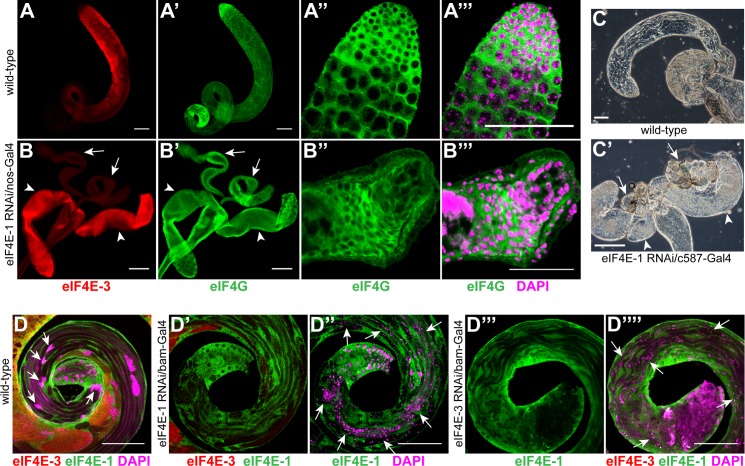Fig 2. Knockdown of eIF4E-1 and eIF4E-3 affects testes development and spermatid differentiation.
Wild-type testes (A-A''') and testes expressing eIF4E-1 shRNA with nos-Gal4:VP16 driver (B-B''') were stained with anti-eIF4E-3 (red, A, B) and anti-eIF4G antibody (green, A', A'' & B', B''). The small rudimentary testes are marked by arrows while the accessory glands are marked by arrowheads (B, B'). A magnified view of the apical tip of eIF4E-1 knockdown testes shows a mass of undifferentiated cells surrounded by a disorganised muscle sheath (B'', B''') as compared with the wild-type (A'', A'''). The DNA is stained with DAPI (magenta). Scale bars 100 μm (A, A', B, B') and 50 μm (A''', B'''). Expression of eIF4E-1 shRNA using c587-Gal4 driver results in a degenerate testes structure (C', arrows) as revealed by phase contrast microscopy. The arrowheads indicate the accessory glands. The wild-type testis is shown in C. Scale bar 100 μm. (D) The distal end of wild-type testes, stained with anti-eIF4E-1 (green) and anti-eIF4E3 (red) antibody shows well organized haploid nuclear bundles (magenta, arrows). A similar region of a bam-Gal4-eIF4E-1 RNAi testis (D', D'') co-stained with anti-eIF4E-1 (green) and anti-eIF4E-3 (red) antibody reveals severe defects in nuclear compaction and individualisation; the post-meiotic nuclei (stained with DAPI, magenta) are found along the elongated spermatids (arrows). Scale bar 100 μm. (D''', D'''') Knockdown of eIF4E-3 in spermatocytes using bam-Gal4:VP16 driver results in loss of nuclear condensation and bundling at the distal end of the testes (arrows). eIF4E-3 and eIF4E-1 immunostaining is shown in red and green, respectively. The DNA is stained with DAPI (magenta). Scale bar 100 μm.

